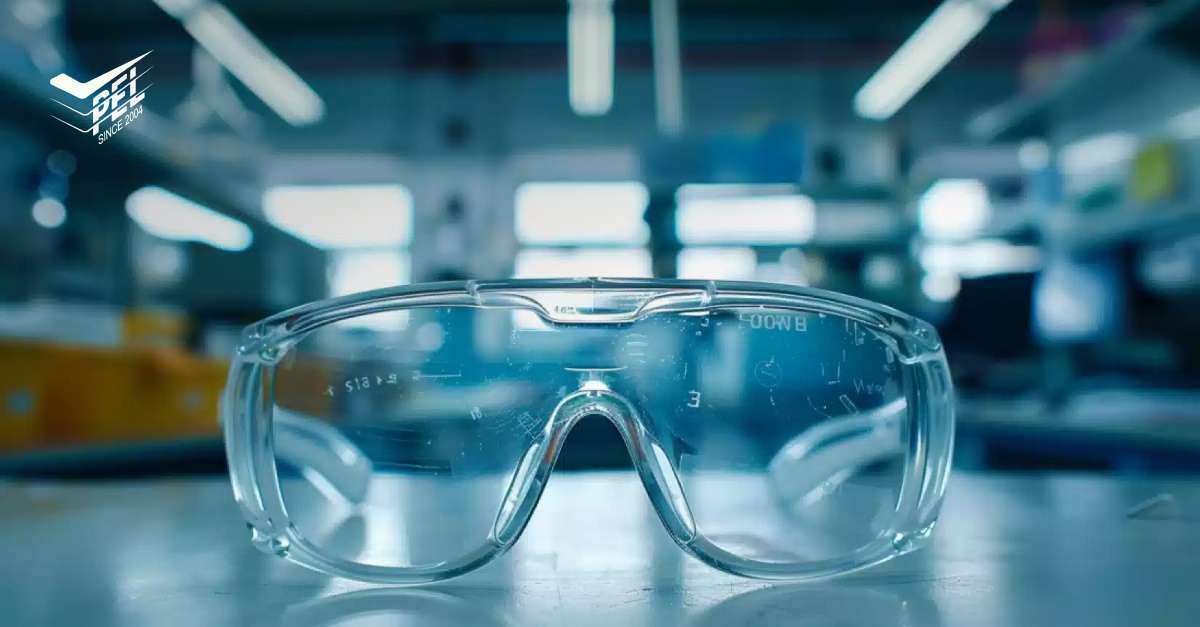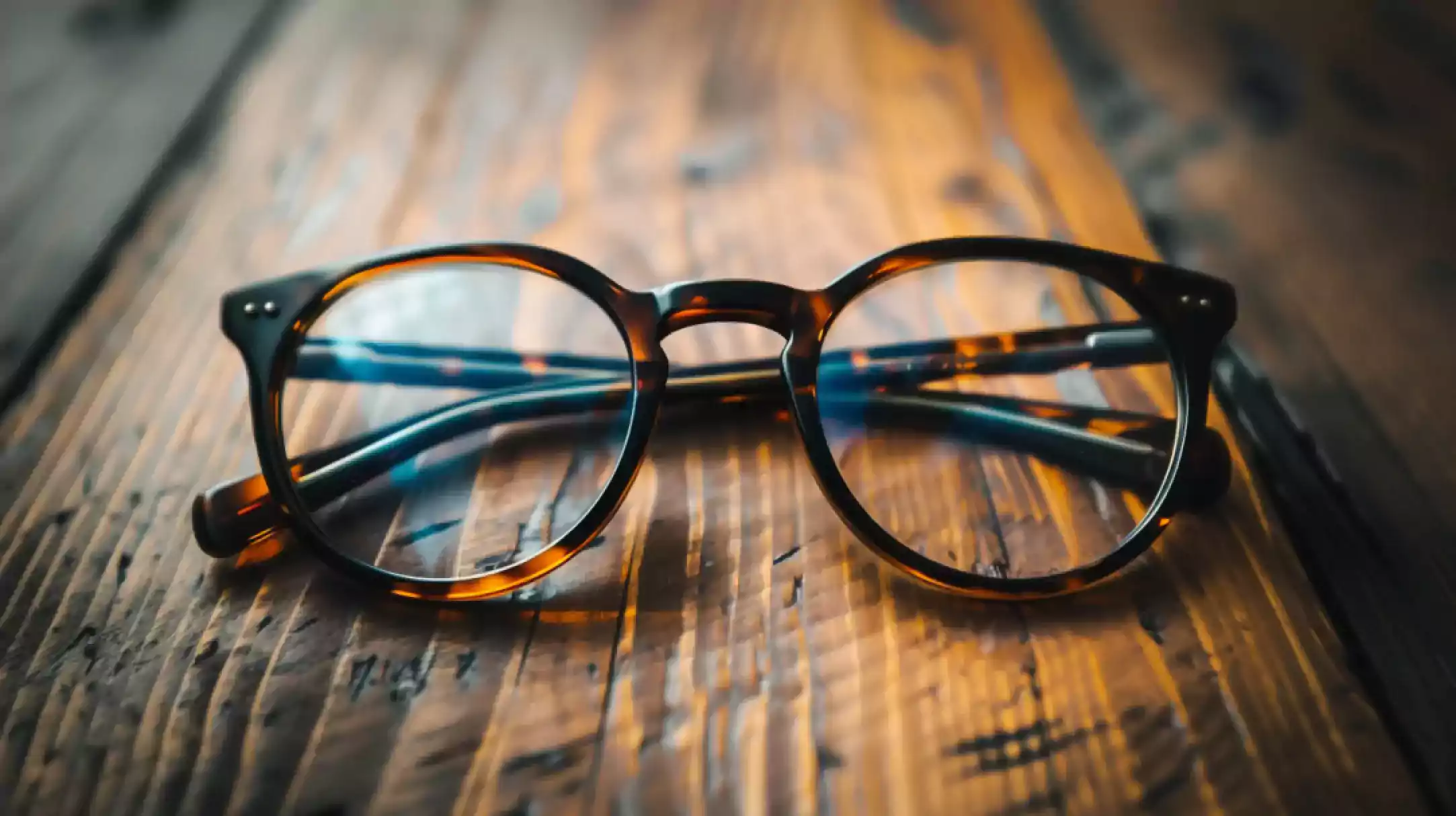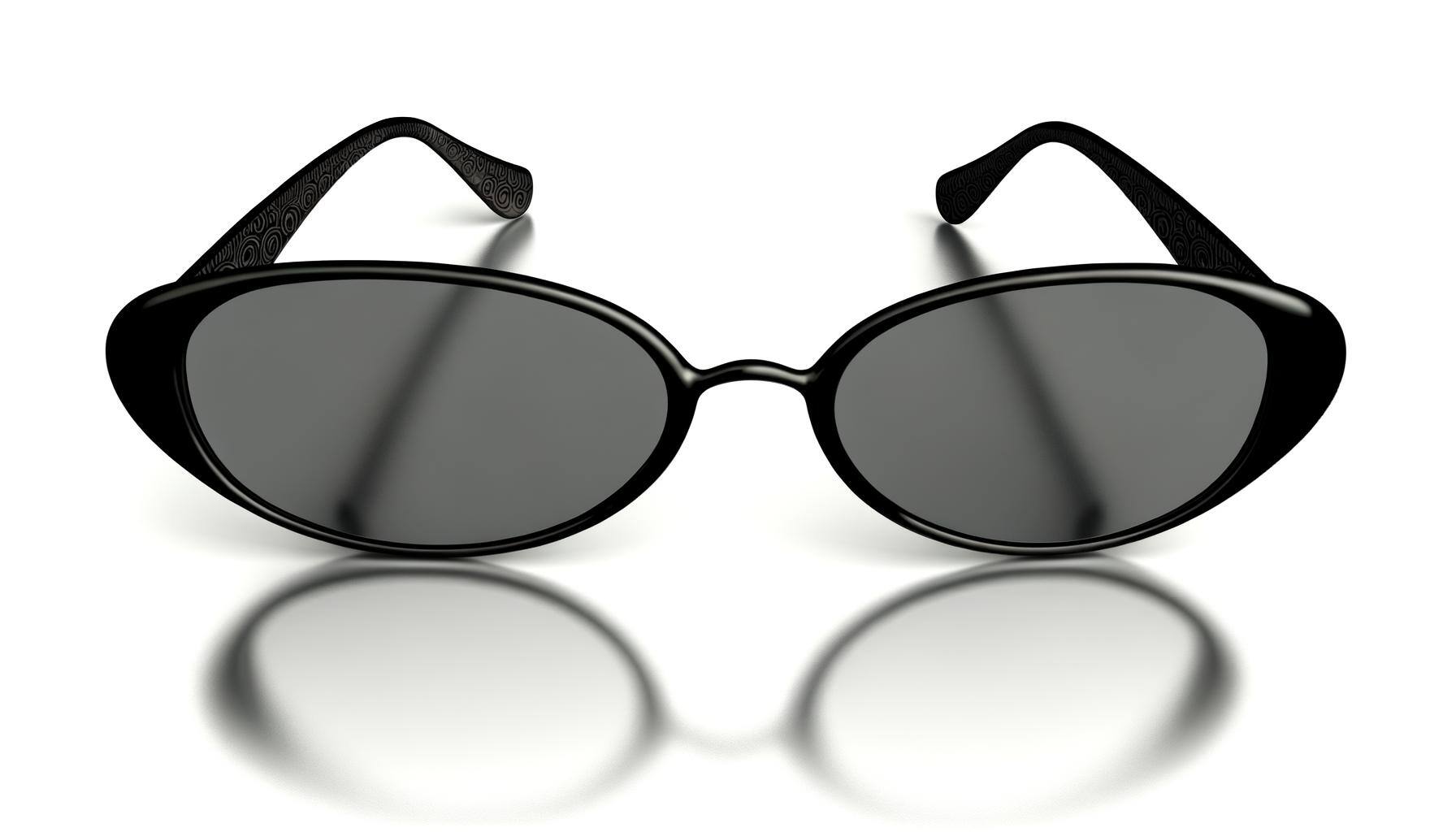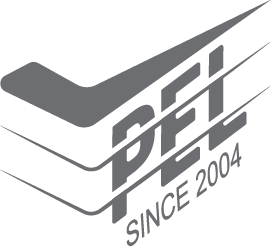Protective safety eyewear safeguards eyes from hazards in workplaces like labs and construction sites. The crucial safety standards that eyewear producers should comply with are essential to these safety glasses. The American National Standards Institute (ANSI) plays a pivotal role in this area, setting the benchmarks for safety glasses to ensure they meet the highest standards of quality and effectiveness. These ANSI standards for safety glasses are essential for employers and employees working in hazardous environments to choose the most reliable eye protection.
What is the ANSI Standard for Safety Glasses?
The ANSI Standard for Safety Glasses is a set of guidelines developed by the American National Standards Institute (ANSI) that outline the criteria for adequate eye protection. ANSI develops voluntary consensus standards for various products, including personal protective equipment (PPE) like safety glasses. These standards protect users from hazards such as impact, optical radiation, dust, and chemical splashes.
Safety glasses that comply with the ANSI standard must meet specific requirements, including superior impact resistance, optical clarity, durability, and adequate coverage to protect against flying particles and harmful radiation. Following these standards ensures products meet strict regulatory demands, safeguarding users from eye injuries due to hazardous conditions.
The ANSI Z87.1 Standard
The ANSI Z87.1 standard is an eye and face protection guideline for safety glasses. It mandates specific performance criteria such as impact resistance, optical clarity, and coverage, ensuring protection against common hazards like impact, non-ionizing radiation, and liquid splashes. The Z87.1 standard does not address protection against specific hazards, including bloodborne pathogens and high-energy radiation. Safety glasses comply with this standard and bear the Z87 marking.
The Changes to the ANSI Z87.1 Standard
ANSI Z87.1-2020 represents the sixth revision of the voluntary industry consensus standard for eye and face protection. The changes introduced continue to be crucial and applicable as of 2024. The 2020 update builds on the foundation set by previous revisions, continuing to align with international standards and address the innovations in product design that have emerged over the past five years.
The Significant Updates to the ANSI Z87.1 Standard
Introduction of Relaxed Optics
The 2020 update to the ANSI Z87.1 standard introduced specific criteria and markings, notably the "O2" marking for relaxed optical level, to accommodate protectors designed for relaxed optics. This enhancement caters directly to professions like first responders, firefighters, and military personnel, recognizing that certain tasks these roles undertake do not demand the stringent optical standards previously required.
Anti-fog Performance Criteria
To address fogging issues, the 2020 update to the ANSI Z87.1 standard introduced specific testing, performance, and marking criteria for anti-fog lens properties. This inclusion aims to enhance the reliability of safety glasses under diverse conditions, marking lenses that pass the anti-fog test with an "X" to signify their effectiveness.
Transmittance Allowances and Welding Filter Shades
The updated ANSI Z87.1 standard has refined transmittance allowances and broadened the array of welding filter shades, introducing levels such as W2.0, W3.0, and W5.0, marked by a "W". These adaptations ensure enhanced protection and flexibility for a wide range of welding tasks, aligning safety measures more closely with the specific requirements of various welding activities.
Clarifications and Consistency in Testing
Clarifications were added to enhance the consistency and reliability of safety equipment testing. These include guidelines for applying dark-state tolerances for automatic darkening welding filters and determining the minimum coverage area relative to the specified headform.
What Do the Changes Mean for Eyewear Manufacturers and the Industry?
In response to the ANSI Z87.1-2020 revisions, eyewear manufacturers will likely need to adjust their manufacturing processes and reassess their suppliers. Manufacturers may need to integrate advanced anti-fogging and optical precision technologies, which could require new equipment or production line modifications. Stricter testing protocols require improvements in quality control measures. Manufacturers may also need to source materials from suppliers who guarantee compliance with the new standards, requiring documentation and certification that materials meet the revised criteria.
This evolution in the ANSI standard creates a competitive marketplace focusing on developing advanced, reliable protective eyewear. The industry benefits from these high standards, which improve worker safety and align with international practices. As manufacturers adjust to these changes, the impact will be a range of safer, more effective protective eyewear available to workers.
The Role of ANSI Standards in 2024 and Beyond
The revisions to the ANSI standard continue to drive innovation and emphasize safety in the eyewear industry. By adhering to these enhanced standards, manufacturers ensure that today's protective eyewear meets the rigorous demands of modern workplaces. The focus on advanced safety solutions benefits the workforce by providing superior eye protection and positions the industry at the forefront of global safety and technological progress.






.jpg)



